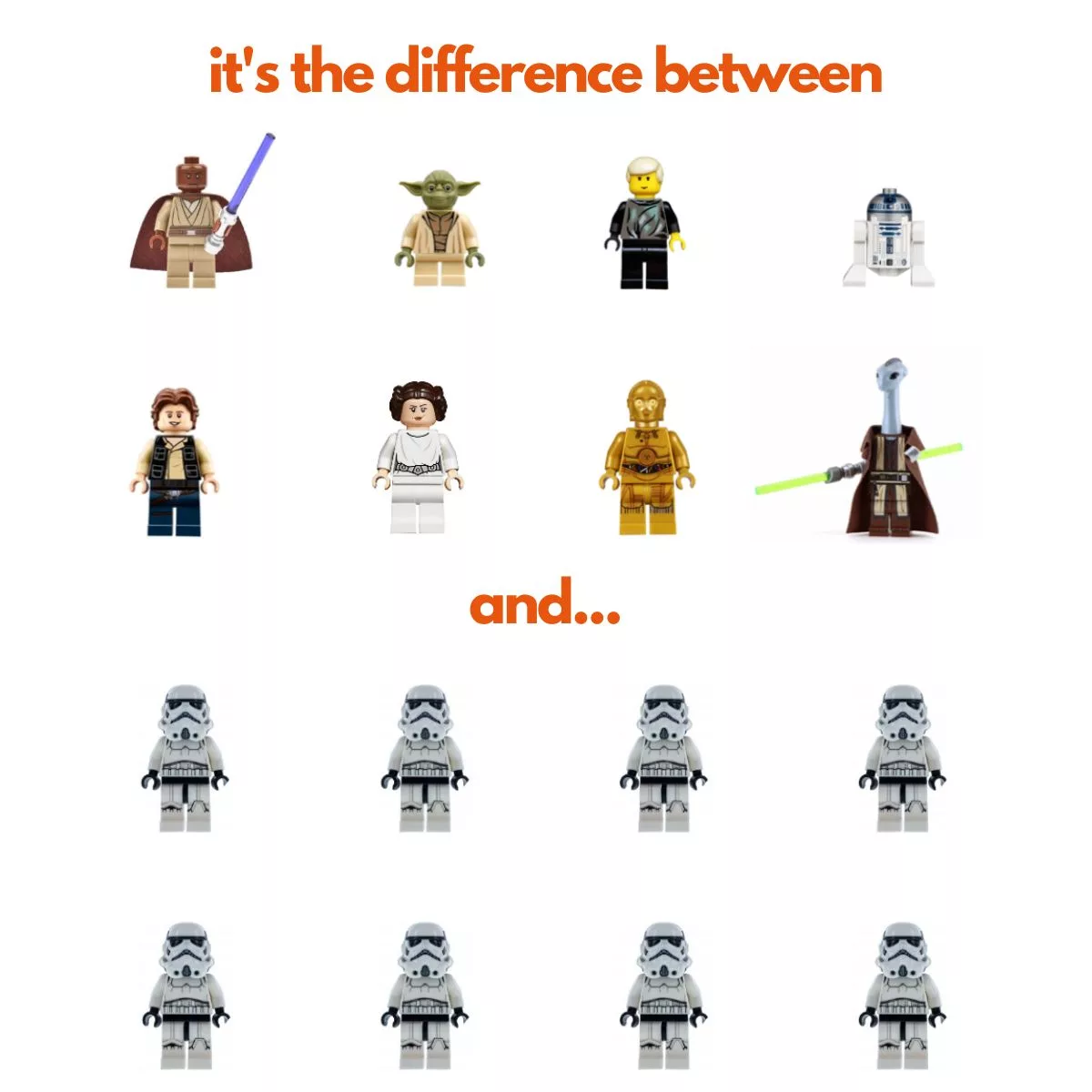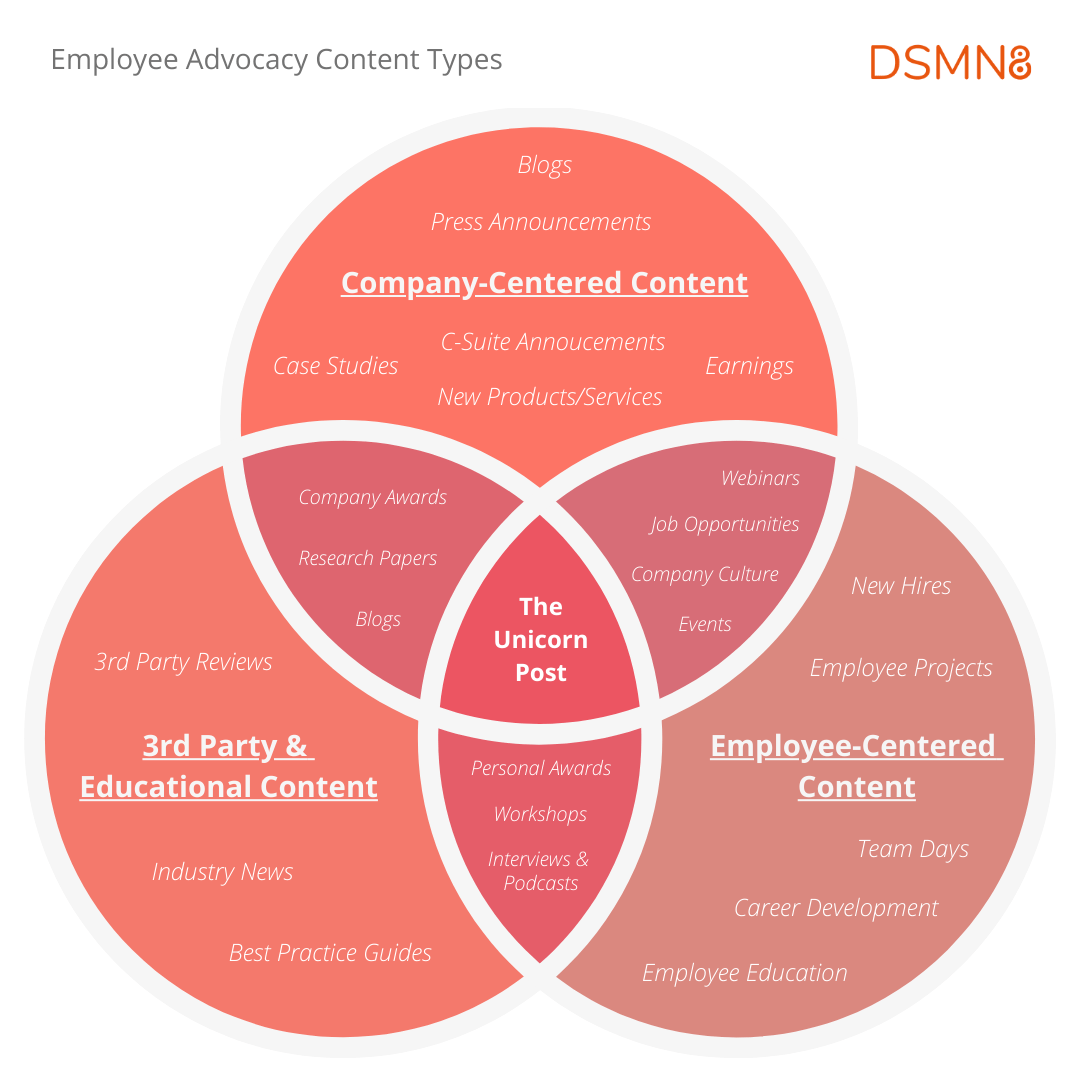
“I’m not mad, just disappointed” 😔
It’s always a shame to see it.
It’s taken weeks.
Months.
Sometimes longer to get to this point.
You did all that research to select a vendor.
You put in all that effort to launch your employee advocacy program.
And worked so hard to get buy-in from your leadership team.
But then, for some reason…
Things don’t go according to plan 🤔
Your employee advocacy program starts to lose traction.
Sign-ups slow down.
The buzz dies.
And overall performance suffers.
We’ve seen it too many times to count.
And 9 times out of 10.
There’s a perfectly good explanation!
Something happened (or didn’t happen) along the way.
And that something has been detrimental to the program’s success.
But fear not! 🙌
All is not lost.
We just need to put that band-aid on.
Make some repairs.
And get your employee advocacy program back in shape!
Oh, and if you haven’t launched your program yet…
Stick around!
There’s plenty to learn.
And I’ll include plenty of free resources to ensure that you can set up for success 💪
And avoid the most common mistakes companies make with advocacy.
So, without further ado…
Let’s get stuck in!
The Most Common Employee Advocacy Mistakes:
- Not Updating Your Social Media Policy
- Only Inviting VIPs
- Every Employee Shares the Same Thing
- Only Sharing Company Content
- Too Much Emphasis on Rewards
BONUS:
#1 Not Updating Your Social Media Policy
Okay, so before you even consider selecting a technology partner…
Updating your social media policy should be at the top of your list.
Hear me out…
For years now.
Employees have been told:
“Don’t talk about the company on social media”
(Or something to that effect)
Or else they’ll get in trouble 🤷♂️
So, naturally, when you launch an employee advocacy program.
There will be hesitancy without clear instruction.
Sure, the emerging workforce might have a different attitude…
But the majority of your employees will, by default, have reservations about using social media for work purposes.
You HAVE to update your policy before you get started 🙏
Don’t burden them with an all-text 10+ page document that they’ll never read.
It should be clear and concise, and it should ENCOURAGE social media use.
Don’t prohibit it 🙅♂️
Fortunately, we’ve done most of the heavy lifting for you.
Grab your free and fully customizable social media policy template.

#2 Only Inviting VIPs
That little pyramid?
It’s called The Pyramid of Employee Influence 🔥
It highlights the influence of ALL employees.
No matter their department of seniority.
When it comes to inviting VIPs only…
The most common examples we see are:
- Inviting marketing teams only
- Inviting specific certified/qualified individuals only
- Inviting the C-Suite/leadership teams only
This is a self-imposed limitation.
And one that can seriously hold your program back 🙅♂️
“Why?”
Every employee’s network has potential.
So, why limit your possibilities?
There’s so much that your wider workforce can contribute to your program.
And hey, is there more trust in “the little guy”?
Edelman’s 2022 Trust Barometer showed that 63% of people think business leaders are purposely misinforming their audiences.
That’s a 7-point increase from last year 📈
A piece of content coming from the “average” employee is potentially more impactful!
Plus, insider stories and employee experiences can seriously boost your employer brand and elevate your talent attraction efforts.

#3 Everyone Shares the Same Thing
I kind of feel like this should be top of the list.
Because this is probably the MOST common one 😬
Imagine getting more of your colleagues using social.
Only for it to look like spam in their audiences’ feeds.
Why?
Well, here’s the deal.
Here’s what most employee advocacy programs/platforms are doing wrong.
They allow you to upload content to the platform for your employees to share.
They allow some degree of content curation.
You can choose the title, the preview image used, the description, etc.
They then allow you to write a bit of text for your employees to use when sharing 🙌
That piece of content then goes live within the platform.
Employees are notified.
And one by one they log in and begin sharing it to their own socials.
…with the same image.
The same title.
And the same bit of text 🙈
Employee advocacy shouldn’t be like this 🙅♂️
(not with the right tools in place anyway!)
DSMN8’s ‘Dynamic Display’ feature means the same content can be posted to social media but shown and said differently by each employee.
Without Dynamic Display, your employee advocacy program could quickly lose its authenticity.
Think of it as the difference between your employees looking like Stormtroopers…
Or a team of Jedi Knights 💪
And we all know what happened there!
#4 Only Sharing Company Content
I can understand the temptation here.
You’ve realised that your employees can reach a much wider audience.
And you’ve seen the amount of website traffic they’re generating.
Traffic to YOUR website 😍
Why would you want to direct their networks’ attention elsewhere?!
Well, we have to look at the bigger picture.
The best employee advocacy programs are centred around authenticity.
Employees’ personal brand building should be at the heart of it.
After all, if they build trust and rapport with their networks…
They’re more likely to generate engagement on YOUR content in the future.
Your colleagues’ networks will quickly spot inauthentic posting.
Especially if all they’re seeing is your organization’s ads.
Think content that screams “download this” and “free download” that.
There’s nothing wrong with this type of content.
But remember to keep it varied!
Pro tip: Keep a mix of these 3 content types in your platform at all times:
- Company-centric content
- Third-party/thought leadership content
- Employee-centric content
Employee-centric content adds a splash of authenticity.
(Plus it’s great for your employer brand!) 👏
While sharing third-party content allows employees to demonstrate thought leadership.

#5 Too Much Emphasis on Rewards
We speak about this a lot.
And it’s a debated topic!
Should employees be rewarded for employee advocacy participation?
There’s no denying that it can be a big help.
It can seriously increase program adoption rates within your company.
And it can SERIOUSLY elevate performance 🚀
It’s all done with gamification.
And this is typically done using leaderboards.
Eg leaderboards for top sharers or the top number of clicks generated.
You can create competitions with a time duration.
(eg most clicks for the month of June)
And then offer a prize for the employee who comes up out on top.
The problem here is that it creates an expectation that there will always be rewards.
And activity will drop off when there aren’t any up for grabs.
The program then becomes more of an exchange between the employee and the company.
We discuss this in a short podcast episode:
Instead, try to focus on the employee benefits.
And highlight the ways in which an employee advocacy program can benefit them.
These include:
- Building their personal brand
- Growing their professional network
- Improving operational transparency
- Increasing lead generation and sales conversations
Remember, the best performing programs are centred around authenticity.
And what could be more authentic than employees who share because they want to?
Because they understand why they should and know what’s in it for them 🙌
How to Set Up for Success
Now, of course.
We wouldn’t just tell you all the things to avoid…
Without telling you how it should be done.
And providing you with a step-by-step guide to success! 📚
Whether you’ve just decided you want to explore employee advocacy.
Or even if you’ve already started.
It literally pays to know how to do this right.
Getting up and running can be a walk in the park.
And most programs see ROI within the first month!
But it doesn’t hurt to have a killer tried and tested game plan.
After all, you’re here because you don’t just want results…
You want to max this thing out! 🔥
Grab our free set-up guide.
Ready to get started with employee advocacy? Roger that!
Schedule a call with one of the team.
Related Podcast Episode
More tips for employee advocacy success 👇
Lewis Gray
Senior Marketing Manager and Employee Advocacy Program Manager at DSMN8. Lewis specialises in content strategy, growing brand visibility and generating inbound leads. His background in Sales lends itself well to demand generation in the B2B niche.



